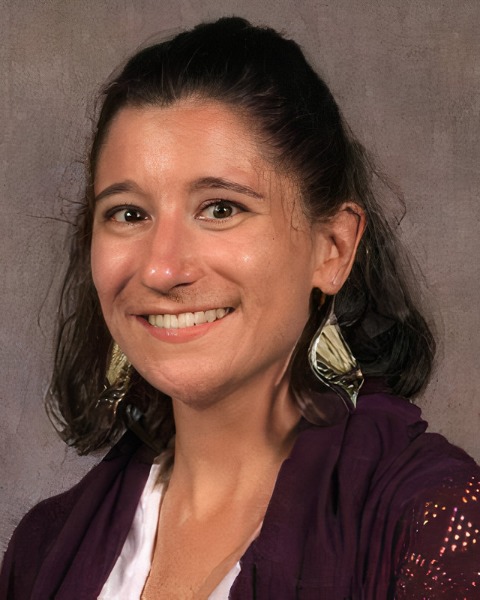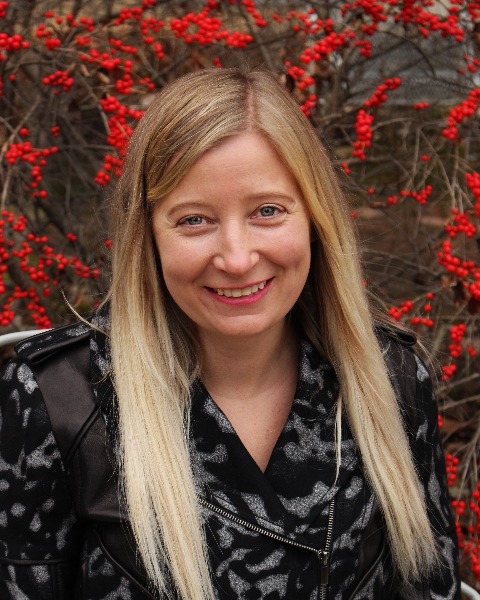Student 10-Minute Presentation
Plant-Insect Ecosystems
Student
Student Competition
Do municipal investments in backyard greening improve bumble bee health in residential landscapes?
.jpg)
Caralee Shepard
Graduate Student
The Ohio State University
Columbus, Ohio- HD
Hannah Dehus
Graduate Student
The Ohio State University
Columbus, Ohio 
Megan Meuti
Entomology professor
The Ohio State University
Columbus, Ohio
Mary Margaret Gardiner (she/her/hers)
Professor
The Ohio State University
Columbus, Ohio
Presenting Author(s)
Co-Author(s)
There is increasing interest in greening residential landscapes to provide bee habitat, with many homeowners planting native wildflowers in their yards and opting out of municipal pesticide applications for mosquito control. In Franklin County Ohio, the Community Backyards (CB) Program provides rebates to homeowners for native plants, but it is unclear how these investments impact pollinator health. My objective was to examine how bee health was impacted by the densities of residents participating in the CB program, opting out of municipal mosquito control, and surrounding impervious surfaces. I hypothesized that the number of healthy offspring would increase proportionally to the surrounding CB participants and the proportion of residents that opt-out of mosquito control, but would be negatively correlated with impervious surface. We identified 20 residential yards in the City of Columbus that had participated in CB, which varied in the concentration of CB participation, in opt out rates, and in impervious surface density. At each yard one Bombus impatiens colony was placed for 45 days, after which colonies were frozen, then dissected to count cells, emerged offspring, and non-emerged offspring. Although we found that CB participation did not predict any of the box numbers, opt out rates were positively correlated with gyne (reproductive offspring) production. Additionally, the amount of impervious surface was negatively associated with larval survival and the number of gynes. Our project adds to knowledge of how urban challenges, such as impervious surface and municipal mosquito spraying, can limit pollinator communities despite providing additional food resources.

.png)

